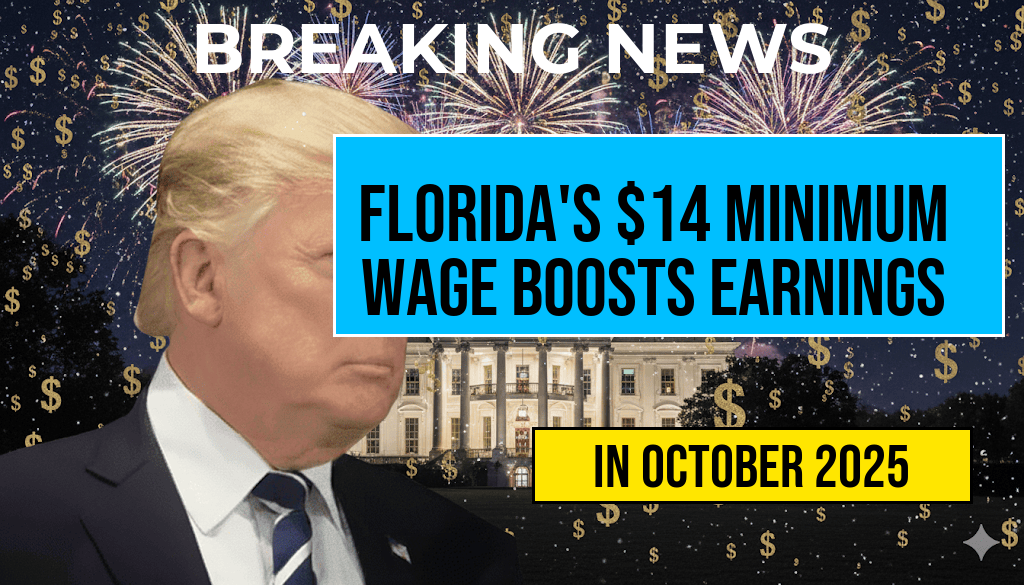The U.S. Department of Homeland Security (DHS) has announced an updated list of countries eligible for the Visa Waiver Program (VWP) effective from 2025. This initiative aims to streamline travel for citizens of participating nations, allowing them to visit the United States for tourism or business purposes without obtaining a visa, for stays of up to 90 days. The revised list reflects ongoing efforts to enhance security protocols, strengthen international partnerships, and facilitate easier travel amid evolving global circumstances. The new eligibility criteria will impact travelers from over 40 countries, with notable inclusions and exclusions, as authorities prioritize safety, technological infrastructure, and diplomatic relations.
Background on the Visa Waiver Program
Established in 1986, the Visa Waiver Program enables nationals of designated countries to enter the United States without a visa for short visits. The program has expanded significantly over the decades, with current participating nations boasting advanced security measures and robust travel infrastructures. Eligibility is contingent upon countries meeting specific requirements, including passenger screening protocols, biometric data sharing, and cybersecurity standards. The program is integral to U.S. tourism and international commerce, facilitating millions of visits annually.
2025 Updates: Key Changes and New Countries
List of Countries Added to the VWP
| Country | Region | Remarks |
|---|---|---|
| Estonia | Europe | Enhanced biometric security measures |
| Uruguay | South America | Upgraded travel infrastructure |
| South Korea | Asia | Strengthened cybersecurity protocols |
| Portugal | Europe | Advanced passenger screening systems |
| Qatar | Middle East | Recent diplomatic agreements |
Countries Removed from the List
- Chile
- Malaysia
- Singapore
These adjustments are primarily driven by assessments of each country’s compliance with security standards, technological capacity, and diplomatic considerations.
Criteria for Eligibility and Security Measures
To qualify for the VWP in 2025, countries must demonstrate adherence to rigorous security standards, including:
- Biometric passport issuance: All participating nations must issue biometric e-passports to their citizens.
- Information sharing: Effective cooperation with U.S. authorities on security and law enforcement data.
- Travel infrastructure: Reliable and secure travel and border control systems.
- Cybersecurity: Robust measures to prevent identity theft and data breaches.
The Department of Homeland Security has emphasized that these criteria are vital for maintaining the integrity of the program and safeguarding U.S. borders. Countries that do not meet these standards may face removal from the list or restrictions on their citizens’ eligibility.
Implications for Travelers and Industry
Travelers from Eligible Countries
Citizens of nations newly added to the VWP will benefit from simplified entry procedures, reducing wait times and administrative burdens at U.S. ports of entry. However, travelers must still apply for an Electronic System for Travel Authorization (ESTA) prior to departure, which involves background checks and documentation verification. Airlines and travel agencies anticipate increased demand from these markets, potentially boosting tourism and business activities.
Impact on U.S. Borders and Security
Officials highlight that the updated list aligns with broader national security objectives, integrating advanced screening technologies and international cooperation. The inclusion of countries like South Korea and Portugal reflects their technological capabilities and commitment to border security. Conversely, the removal of certain nations underscores ongoing concerns about cybersecurity vulnerabilities and compliance issues.
Expert Perspectives and Future Outlook
Security analysts note that the 2025 updates signify a balanced approach, emphasizing both facilitation of legitimate travel and the safeguarding of national interests. The Visa Waiver Program continues to evolve, with future expansions likely contingent on geopolitical developments and technological advancements. Experts caution that travelers and industry stakeholders should stay informed about changes to avoid disruptions and ensure compliance.
As the U.S. aims to bolster international ties and promote economic growth, the 2025 VWP adjustments stand as a strategic step towards streamlining travel while maintaining robust security standards. For more information, travelers and interested parties should consult the official DHS updates and embassy advisories.
Frequently Asked Questions
What is the US Visa Waiver Program (VWP) for 2025?
The US Visa Waiver Program (VWP) for 2025 allows citizens of designated eligible countries to travel to the United States for tourism or business purposes without obtaining a visa, for stays up to 90 days.
Which countries are now included in the updated list of VWP eligible countries for 2025?
The 2025 updated list features several countries that meet security and travel standards set by the US government. You can find the full list of eligible countries on the official government website, which has been expanded to include new entries.
What are the requirements for travelers under the Visa Waiver Program 2025?
Travelers must have an approved ESTA (Electronic System for Travel Authorization), a valid passport from an eligible country, and plan to stay less than 90 days. They must also not have a criminal record or pose security risks.
How does the 2025 update impact travelers from eligible countries?
The update simplifies the process for travelers from eligible countries, enabling quicker entry without a visa. It also potentially expands the list of countries, offering more citizens the convenience of visiting the US for short-term travel.
Where can I find more information about the US Visa Waiver Program 2025 and the list of eligible countries?
More details are available on the official US Department of Homeland Security and US Customs and Border Protection websites. These sources provide comprehensive information on eligibility, application procedures, and the latest updates for 2025.






